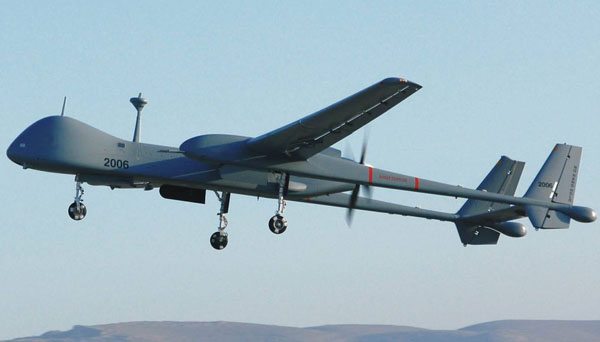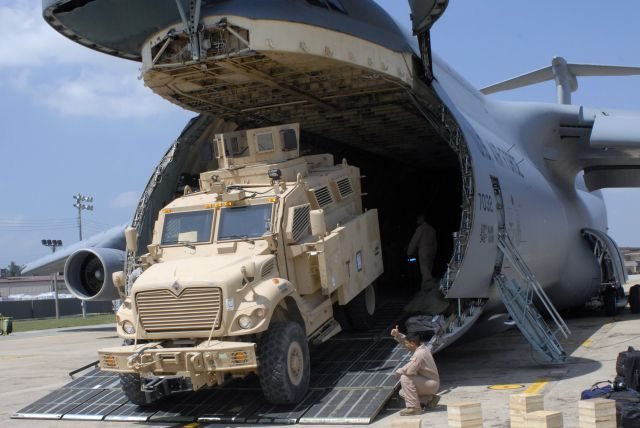The IAF resumed flying the advanced Eitan unmanned aerial vehicle (UAV), also known as the Heron TP, yesterday (Thursday, September 7). The Air Force carried out a successful trial flight yesterday, the first such flight since January.
Yesterday’s flight took place after Air Force Commander Maj. Gen. Amir Eshel approved the Eitan’s return to service. The aircraft had been grounded since one crashed during an experimental flight in January of this year. Maj. Gen. Eshel’s decision to resume the UAV’s flights was made in light of the conclusions of a joint investigation into the causes of that incident that was carried out by the IAF, the Ministry of Defense’s Administration for the Development of Weapons and Technological Infrastructure, and Israel Aerospace Industries (IAI).
“After a long period of tests and experiments designed to find the source of the crash, there is no doubt that today is a day of celebration for us,” said Lt. Col. Momi, the representative of the IAF’s Equipment Division responsible for the Eitan project. “We will return operational capabilities to this squadron as quickly as possible. In the meantime, the airplane can continue to carry out all of the activities that it performed before the crash, just with different restrictions.”
The joint investigation revealed that January’s crash was not caused by human error, nor by the extra weight that the plane was carrying on its wing for the experimental flight. “The incident reflected a structural problem in the wing of the airplane,” explained Lt. Col. Momi. “A problem in one of the stages of the production of the wing caused it to collapse under the weight, taking down the Eitan.”
“For now, we have decided that each of the planes in the squadron will undergo two additional test flights, and will then return to normal flight in the squadron,” said Brig. Gen. Ran Levi, Head of the IAF’s Equipment Division. “We will change the engineering failure that we found in the wings, together with IAI. At the same time, we in the [Air] Force have developed a testing method that will help us to track the planes and to verify that the problem does not recur.”
The largest unmanned aircraft in the IAF and one of the largest in the world – with a wingspan nearly as long as that of the Boeing 717 – the Eitan is considered a member of the “HALE” (High Altitude Long Endurance) family of UAVs. These are the new platforms that will replace manned aerial vehicles in the next few years in various operations, including surveillance and scouting. As a multi-operational aircraft, the Eitan is responsible for gathering general intelligence information, marking specific points for other aircrafts to attack, photographing distant targets, and many other operations which, as of now, are completed by regular airplanes.
The massive UAVs can fly for a full day. It is capable of flying through any weather, hovering above civilian aircraft, and taking off and landing automatically. Much like the Heron before it, the Eitan has retractable wheels and a backup system that is capable of maneuvering the plane when needed. In addition, the UAV has Israeli defense systems that allow it to identify the launchings of missiles at various ranges.
Specifications:
- Maximum takeoff weight: 4,650 kilograms
- Height: 40,000 feet
- Wingspan: 26 meters
- Length: 15 meters
- Speed: 130 knots
- Cargo weight: 1 ton
- Engine: turbo-prop 1,200 horse power











